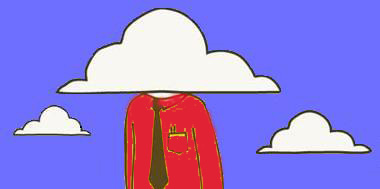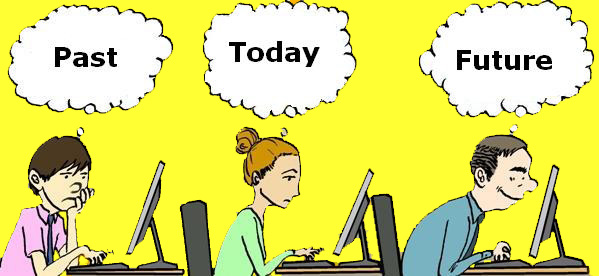DRIFT
 We often go about our daily lives ‘in our heads’. Whatever we’re doing, whoever we’re with, wherever we are, our focus of attention can be ‘in our heads’.
We often go about our daily lives ‘in our heads’. Whatever we’re doing, whoever we’re with, wherever we are, our focus of attention can be ‘in our heads’.
Constantly drifting off and following the thoughts about our plans for that day, worries about tomorrow, regret or concern about past events, worries about other people. Even if we’re thinking about the current situation – where we are and who we’re with – it’s very often that we’ll be thinking about what other people will think about us, how we’re going to cope with the situation, or what we should do or say.
Even though we’re going to different places, being with different people, working, talking, doing – our focus of attention can mostly be ‘in our heads’. We drift off into our heads, almost constantly. It’s just the way we are, the way human minds work. Is it helpful to us? It can be.
Sometimes, we need to work a problem through in our minds. But very often, having done so, we just keep drifting back to it, in our heads, doing that Distant & Restless Inner Focus Trap. DRIFT.
D Distant: taking us away from the here and now
R Restless: shifting about, drifting aimlessly
IF Inner Focus: in our heads, focussed on ourselves
T Trap: lying in wait for us to fall into
We can learn to notice that DRIFT, acknowledge the DRIFT, and put our focus of attention on the here and now – on what we’re doing, on who we’re with, on our surroundings, on what we can see or hear, on physical sensations, on our breath – whatever would be most helpful.

Daydreaming is often different from the harmful DRIFT we’re talking about here. Daydreaming is what we do when we’re bored and we want to think about something else, a fantasy, something nice, a distraction or diversion. Daydreaming can sometimes drift into DRIFT.
DRIFT is when we start worrying about things, following our thoughts that take us off down roads, lanes and tracks that are not helpful to us.
- Worry about tomorrow, doubts about yesterday, concerns about today.
- Focusing our attention on ourselves, in our heads, on worries and issues that affect the way we feel and behave.
DRIFT is just following our thoughts, wherever they take us, drifting about with the clouds.
Imagine an untrained puppy on a long lead - that puppy would soon find itself wrapped around obstacles and tied up in a mess. Our mind can be like that when we DRIFT.
If you’re in a meeting at work, and you notice the DRIFT, well, maybe it’s understandable that your mind will drift from time to time, and that’s okay.
But you can notice it, and then choose where to put your focus of attention. You might choose to put your focus on the meeting, on the speaker, on what’s being said. Your attention might then drift and you notice that you’re having thoughts about what others in the meeting might be thinking about you, or expecting you to say. That’s DRIFT.
Notice the DRIFT, and bring your attention back to what the speaker is saying, your environment, your breath – choose where to put your focus. As your mind starts to DRIFT again, perhaps worrying about a future situation, on today’s concern, or a regret from the past:

Notice the DRIFT: “There’s that DRIFT again”
- Choose where to direct your focus of attention
- Do it!
- Each time your mind drifts, just bring your attention back
Learn effective skills online: The Decider Skills For Self Help Online Course
The Decider Therapeutic Skills: Online Training For Professionals
Mindfulness: a rationale























